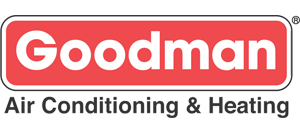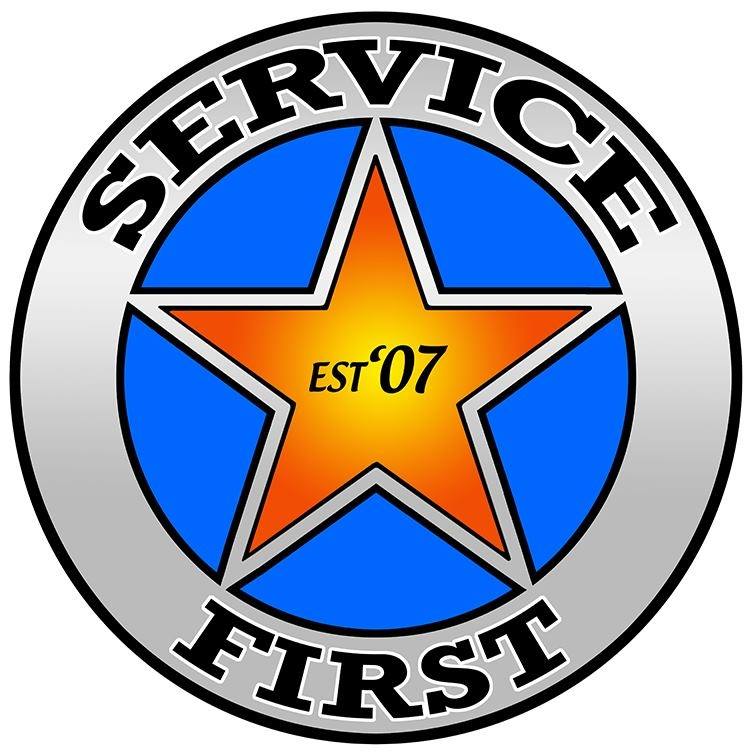Financing Your New Air Conditioning or Heating Equipment Purchase

Synchrony Financial
Expand your purchasing power with Promotional Financing through Synchrony.
Synchrony is one of the nation’s premier consumer financial services companies. Our roots in consumer finance trace back to 1932, and today we are the largest provider of private label credit cards in the United States based on purchase volume and receivables.
- A simple application process, and fast credit decisions
- Unsecured, revolving credit lines
- Promotional financing options1
- Convenient monthly payment options
- Online account management
1Subject to credit approval. Minimum monthly payments required. See store for details.
For all promotions: Qualifying purchase must be made with your Home Design credit card issued by Synchrony Bank and a $29 account activation fee will apply and be charged at the time first purchase posts to account. For new accounts: Purchase APR is 26.99%; Minimum Monthly Interest Charge is $2. Existing cardholders should see their credit card agreement for their applicable terms. Subject to credit approval.
Please contact us to find out which Synchrony Financial financing options are available to you, or to learn about special financing promotions.
Apply Now
